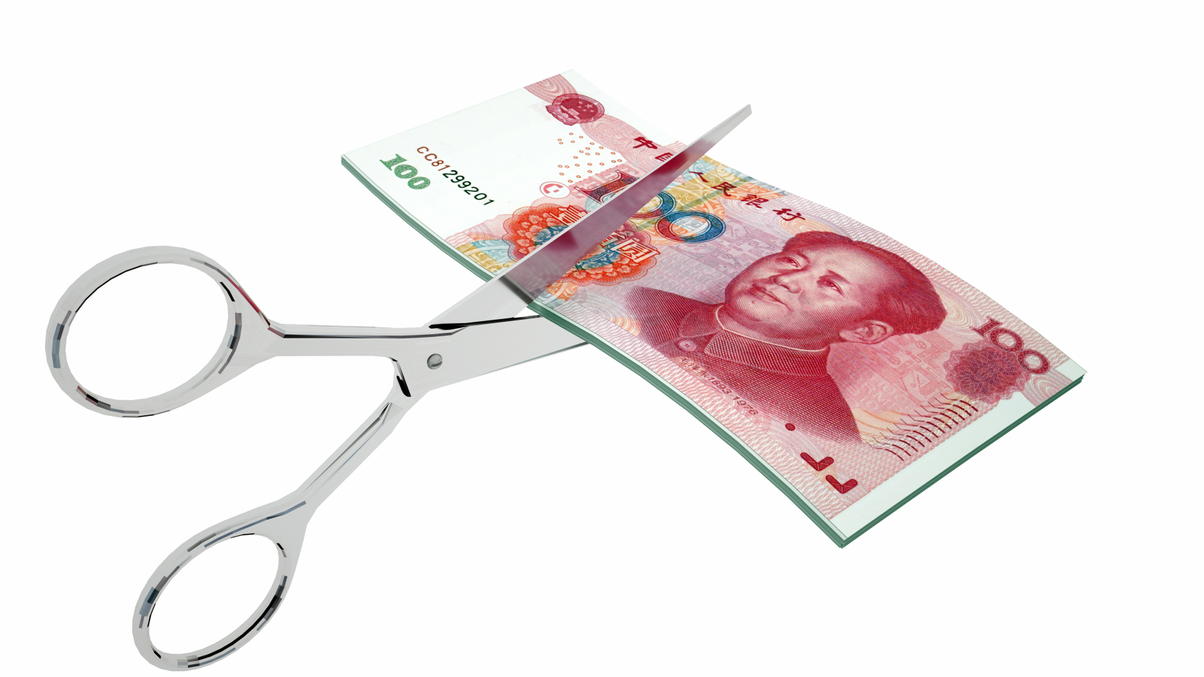Chinese MMFs seen shrinking further due to new rules
China's money market fund may see slower fund flows, as regulator releases new rules on mutual funds' liquidity management.

New rules to control mutual fund liquidity risks in China are set to hit the country’s money market funds (MMFs) hardest by making it tougher to attract outsourced bank money with bespoke products.
Sign In to Your Account
Access Exclusive AsianInvestor Content!
Please sign in to your subscription to unlock full access to our premium AI resources.
Free Registration & 7-Day Trial
Register now to enjoy a 7-day free trial—no registration fees required. Click the link to get started.
Note: This free trial is a one-time offer.
¬ Haymarket Media Limited. All rights reserved.


